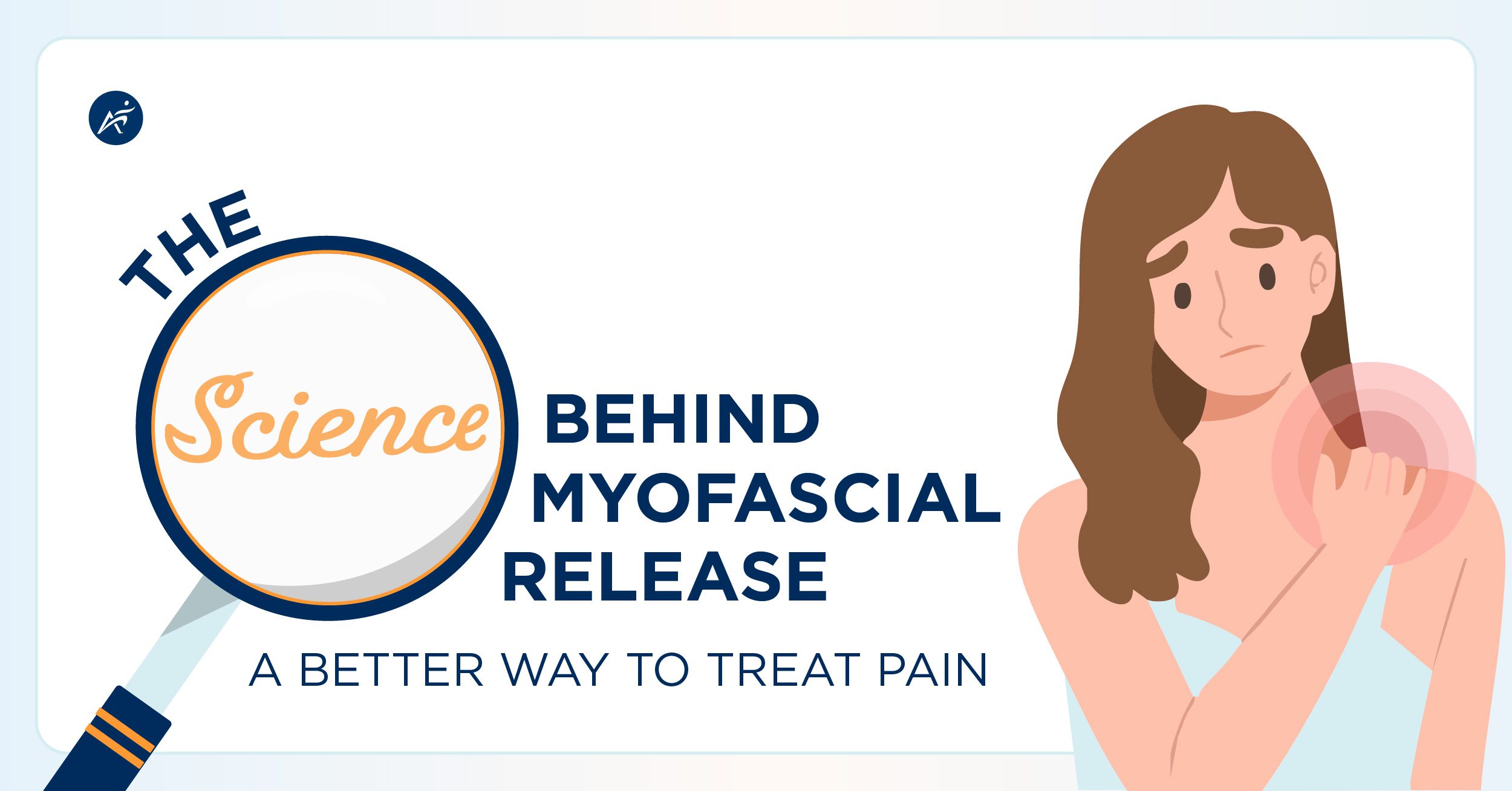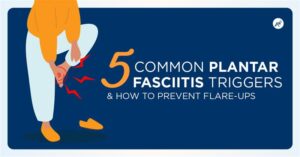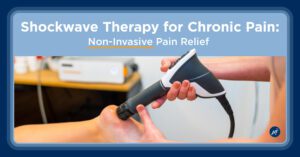You’ve heard it before: it’s all about the right connections. While that’s true for job hunting and friendships, it’s also true for your body. Every muscle, nerve, and tendon relies on a lesser-known but vital network – your fascia. When this connective tissue becomes restricted, it can lead to pain, stiffness, and limited mobility. That’s where Myofascial Release (MFR) comes in.
What is Fascia and why does it matter?
Fascia is a fibrous, connective tissue wrapped around every structure in the body to provide strength, balance, mobility, and support. Healthy fascia is soft and stretchy, helping your muscles glide against each other and move freely. When fascia becomes tight or restricted – due to injury, stress, poor posture, or lack of movement – it can cause stiffness, pain, and limited mobility.
The discovery of fascia’s role in pain and its ability to affect any place in the body led to novel approaches in manual therapy such as Myofascial Release (MFR). MFR is an innovative therapeutic technique that targets the once overlooked source of discomfort and is changing the way we treat musculoskeletal conditions.
What is myofascial release?
MFR is a manual therapy technique that applies sustained pressure to restricted areas of fascia, encouraging the tissue to relax and lengthen. This sustained pressure helps break up adhesions and improve blood flow, which can reduce inflammation and support the healing process. By restoring the elasticity of the fascia, MFR allows surrounding muscles and joints to function more freely.
Unlike quick or forceful manipulation, MFR relies on slow, deliberate techniques that allow the body to respond naturally. This approach can be especially effective for individuals with chronic pain or sensitivity to pressure. Over time, consistent treatment can lead to improved mobility, reduced discomfort, and a better overall sense of physical balance.
Conditions that respond well to myofascial release:
Shoulder Pain Relief with Myofascial Release
- MFR can target the upper back, chest, and rotator cuff muscles to improve mobility and reduce strain.
- Studies show: People with shoulder pain from impingement saw better movement, strength, and less pain – even after just one session.
Easing Back Pain Through Myofascial Release
- MFR can relieve tension in the lumbar fascia and surrounding muscles that support the spine.
- Studies show: MFR helped reduce pain and improved daily function for people with lower back pain.
Myofascial Release for Knee Pain
- By releasing tension in the surrounding fascia—especially the quadriceps, hamstrings, and IT band—MFR can alleviate pressure on the joint.
- Studies show: MFR can decrease pressure on the joint, improve range of motion, and relieve pain – especially in cases of osteoarthritis or anterior knee pain.
Alleviating Plantar Fasciitis with Myofascial Release
- MFR helps ease tightness in the foot and calf, which can reduce heel pain and improve walking mechanics.
- Studies show: Those with plantar fasciitis reported more than a 70% drop in pain and better function after four weeks of MFR.
Temporomandibular Joint (TMJ) Dysfunction
- By releasing tension in the jaw, face, head, and neck, MFR decreases pain, reduces inflammation, and improves mobility of the jaw.
- Studies Show: Improved jaw mobility and decreased pain, even after a single session
Other conditions:
- Chronic pain disorders
- Sciatica
- Herniated Discs
- Post-surgical scarring
- Fibromyalgia
- Headaches and migraines
- Carpal tunnel
- Whiplash
Professional Myofascial Release vs. Self-Myofascial release
There are two ways to incorporate MFR into your treatment plan. MFR can be administered by a professional or by the individual through self-massage. Consider the differences below to determine what’s right for you:
| Professional Myofascial Release | Self-Myofascial Release |
| Performed by trained clinicians | Individuals use tools such as foam rollers and lacrosse balls |
| Targets deep fascial restrictions | Targets shallow muscle tension |
| Application is customized to the body’s specific patterns | Application is limited to areas within reach |
| Ideal for chronic or complex conditions | Ideal for maintenance and general use |
Professional MFR allows a trained provider to detect and release fascial restrictions you may not even know exist, offering deeper and longer-lasting results.
Airrosti’s Proven Approach to Myofascial release
Clinical outcomes have shown that most patients experience significant pain relief and functional improvement in just three to four visits, often avoiding the need for long-term treatment plans, injections, or surgery.
Airrosti Providers use a precise manual therapy to treat the fascia directly, combined with customized active rehab exercises to release fascial restrictions, restore normal movement, and accelerate the healing process.
Questions? Reach Out to Learn More About Myofascial Release
If you have additional questions or would like to learn more about myofascial release, call us at (800) 404-6050 for more information.









